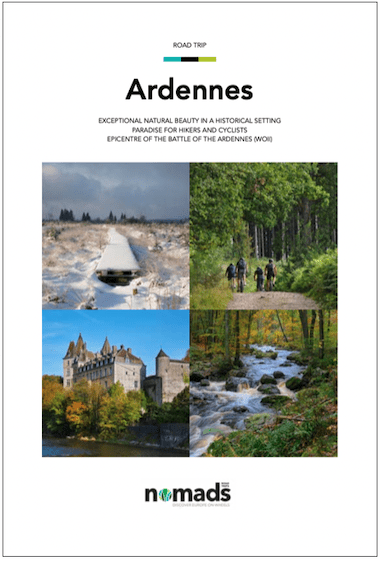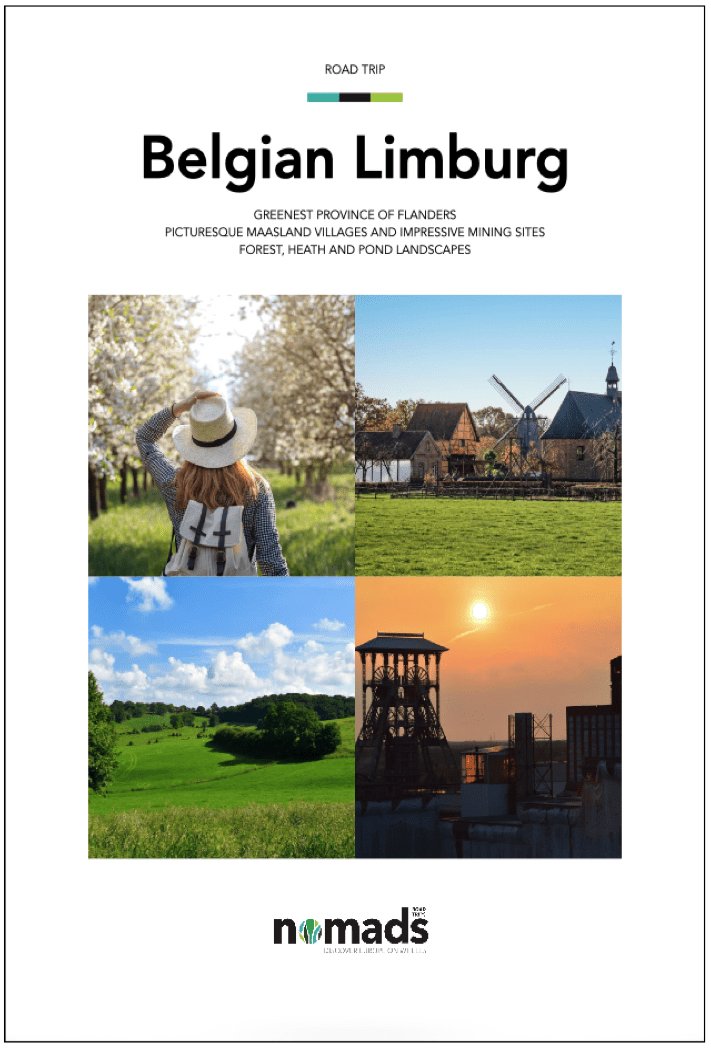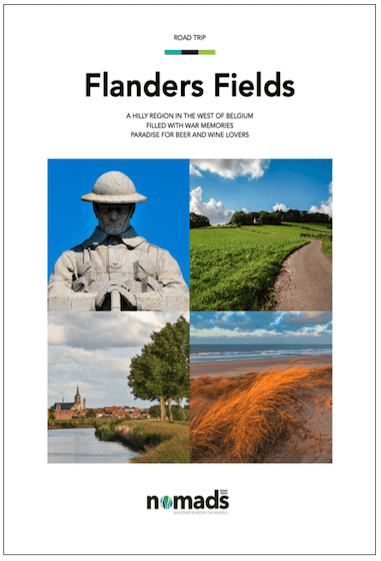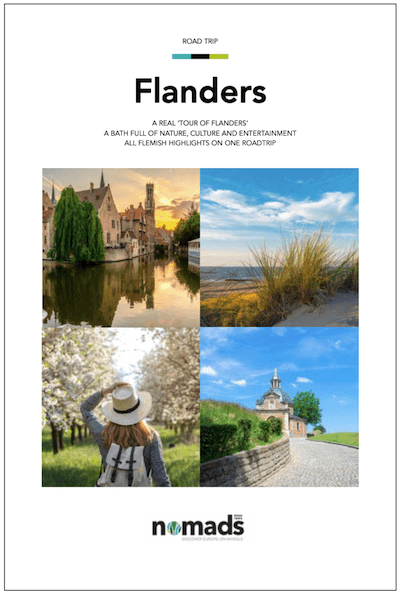
Flanders
This travel guide describes a 670 km road trip through fascinating Flanders. The road trip follows a fascinating route through an ever-changing landscape and is divided into eight clearly arranged stages. Starting in Antwerp, the route follows a sightseeing trail through impressive natural beauty, past historic towns and through picturesque villages. Highlights along the way include the city of Antwerp, the Kempen heathland, mining history in Limburg, gastronomy in Flemish Brabant, the rolling countryside of the Flemish Ardennes and the Westhoek, the wide sandy beaches on the Flemish coast and the art cities of Bruges and Ghent.
- Perfect travel companion if you want to visit Flanders by camper van, car or motorbike
- Clearly arranged in 8 stages with 88 places of interest, 38 tips, 46 walking routes, 51 cycling routes and more than 150 places to stay (52 campsites and 98 camper van sites)
- Available as PDF (travel guide 144 pages) in attractive design, illustrated with inspiring texts and high-quality photography
- Includes interactive map for PC, tablet or smartphone so you have all information at hand on the road
- Includes GPX files so you can download the full route and all cycling and walking routes onto your GPS
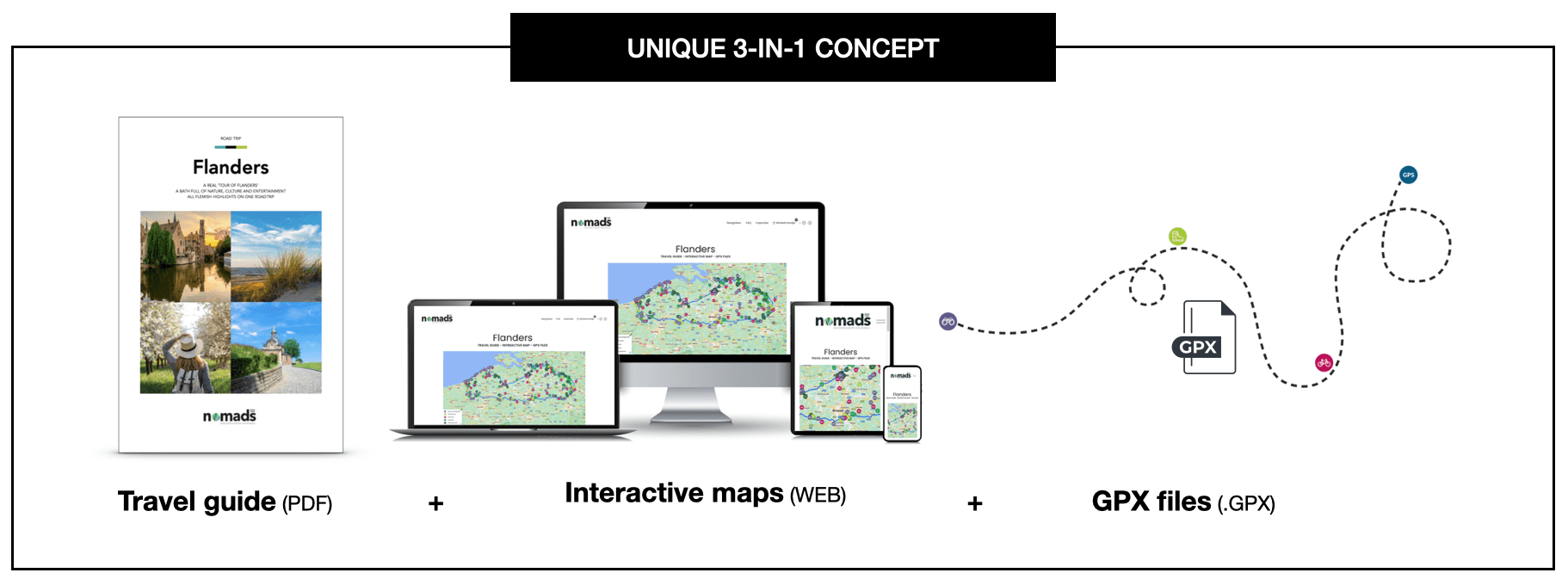
Some highlights on this road trip
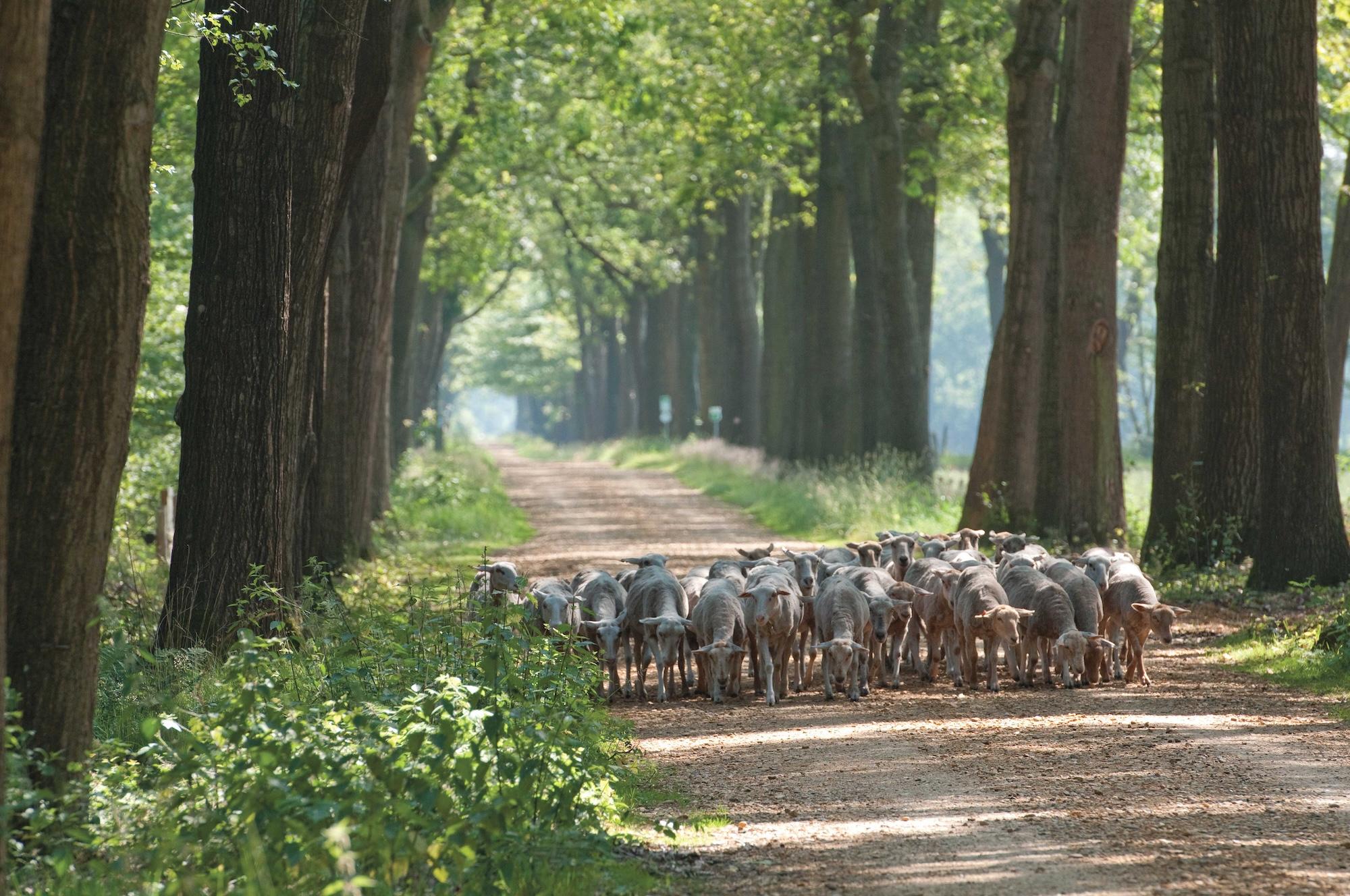
Antwerp and the Kempen
Antwerp, known as the city of Rubens, is a vibrant art city with a rich history and a lively cultural scene. The city is home to some of Belgium's most prestigious museums, such as the Royal Museum of Fine Arts and the Museum aan de Stroom (MAS). Antwerp is also known for its beautiful architecture, including the Gothic Cathedral of Our Lady and the impressive Central Station. In addition, Antwerp Zoo, one of the oldest zoos in the world, is located in the city centre and offers a unique experience for visitors of all ages.
We leave Antwerp via the Kempen, known for its vast natural areas (such as the Hoge Kempen National Park and the Kalmthoutse Heide nature reserve), picturesque villages and rich history. Sights such as abbeys, castles and old farms bear witness to this rich past.
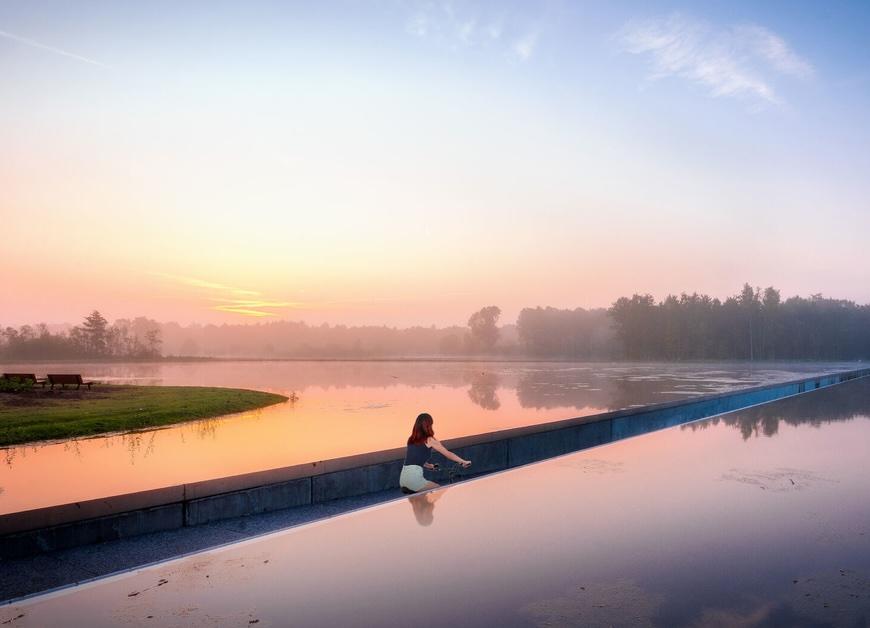
Limburg
Limburg is Flanders' greenest province, bordering the Netherlands and Germany. It is known for its diversity of landscapes, from rolling hills to fertile plains, and its rich cultural heritage. Limburg has several nature parks, including the Hoge Kempen National Park, Belgium's only national park, and the Limburgse Kempen, part of the larger Kempen landscape. Limburg is known for its extensive cycling route network, with unique experiences such as 'Cycling through the water' in Bokrijk, ‘Cycling between the Mijnterrils’ in Eisden and 'Cycling through the Trees' in Hechtel-Eksel. The province is known for its burgundian lifestyle, with local delicacies such as Limburg vlaai (flan), Hasselt genever and various regional beers.
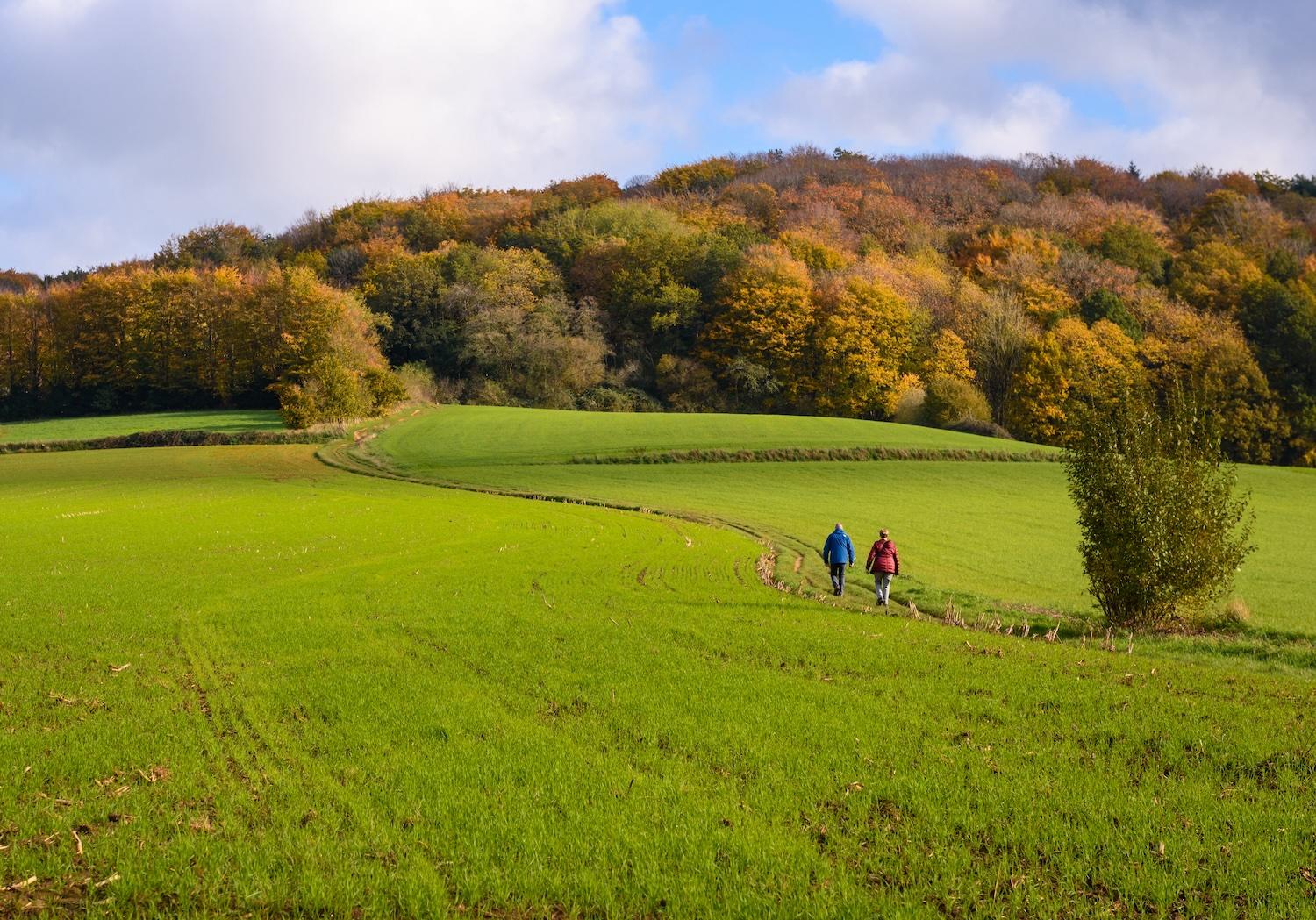
The Flemish Ardennes and Flanders Fields
The Flemish Ardennes owe their name to the strongly hilly landscape. It attracts many sporty cyclists and is the setting for the Tour of Flanders, one of the biggest one-day races in cycling. The Flemish Ardennes are therefore the cycling Mecca of Flanders. Of course, you do not have to be a cycling fan to enjoy this region. The Flemish Ardennes are also a true hiking paradise in an enchantingly beautiful rolling landscape reminiscent of Tuscany. You can enjoy a geuteling or a mattentaart, two typical local pastries, everywhere.
Flanders Fields (Westhoek) is inextricably linked to the history of the First World War. But this remote corner of Flanders, right on the French border, is more than just war history. The rolling landscape with its many vistas, the numerous charming Flanders Fields villages, the beer and wine experience and the wide range of art, entertainment and culture in Flanders Fields provide entertainment on this road trip. The highlight in this region is the peace city of Ypres, known for the Cloth Hall, the Menin Gate and the In Flanders Fields museum. We leave Flanders Fields via the hops region around Poperinge, where you will find the abbey that brews the best beer in the world.
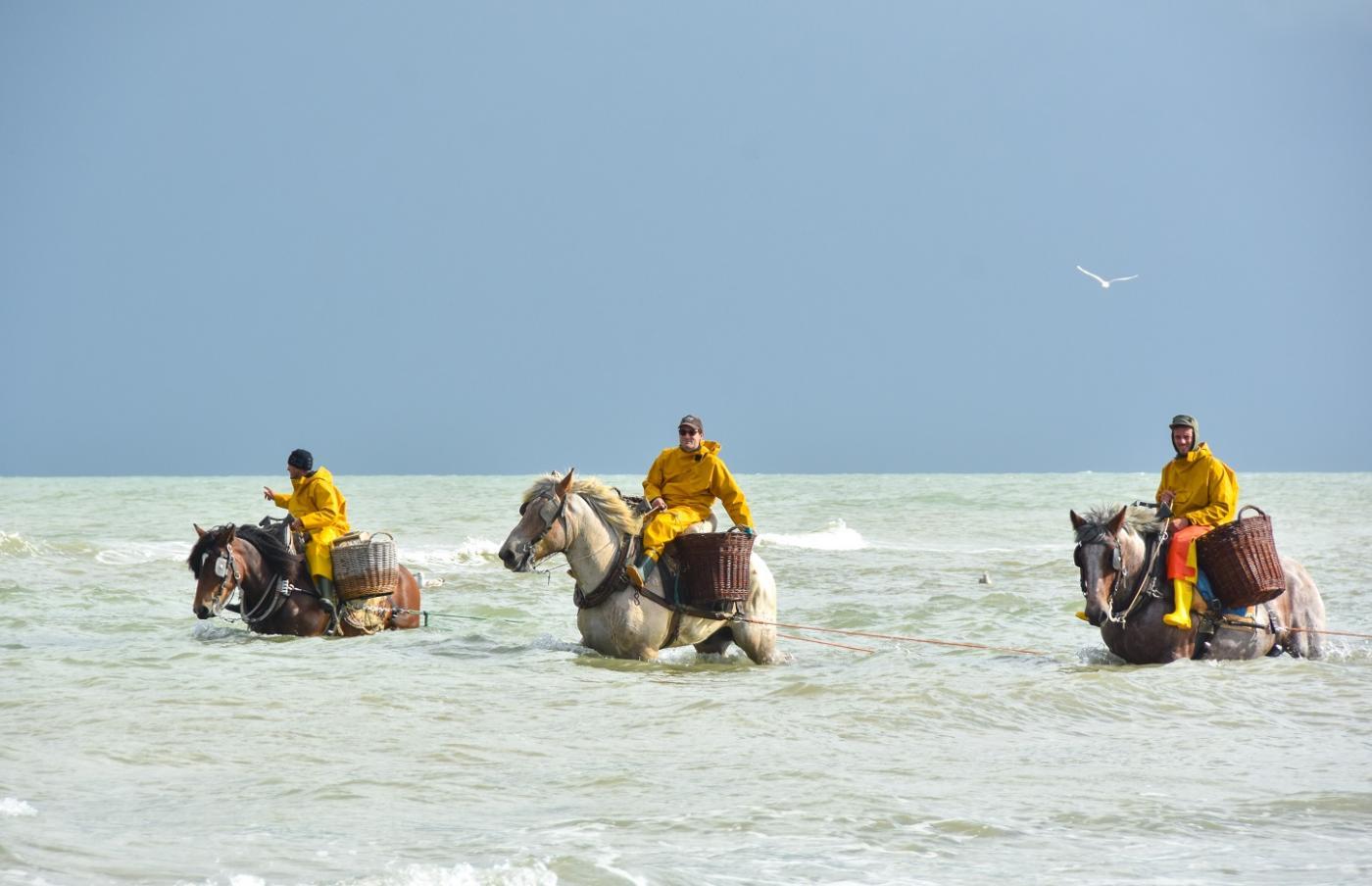
The Flemish Coast and the art cities of Bruges and Ghent
The Flemish Coast is one of Flanders' top tourist regions, thanks in part to its many wide beaches and cosy sea dykes. Highlights include the largest dune massif on the West Coast, the picturesque De Haan with its Belle-Epoque villas on the Central Coast and the Het Zwin nature reserve on the East Coast in Knokke-Heist. The East Coast is the most lively part of the Flemish coast. In popular Blankenberge, you will find Europe's first pier with a nice promenade. At the end of this stage awaits Knokke-Heist, a fashionable seaside town where the nature reserve Het Zwin is an attraction.
Bruges, often described as the Venice of the North, is a UNESCO World Heritage city known for its medieval architecture and picturesque canals. Bruges has a rich history reflected in its well-preserved old town, with sights such as the Belfry, the Basilica of the Holy Blood and the Market Square.
Ghent combines medieval charm with dynamic modern culture. It is home to the famous Mystic Lamb by the Van Eyck brothers, on display in St Bavo's Cathedral. Ghent also has a lively art scene with the S.M.A.K. (Municipal Museum of Contemporary Art) and the Museum of Fine Arts. The canals and historic buildings make Ghent a picturesque destination that perfectly combines history and contemporary art.

